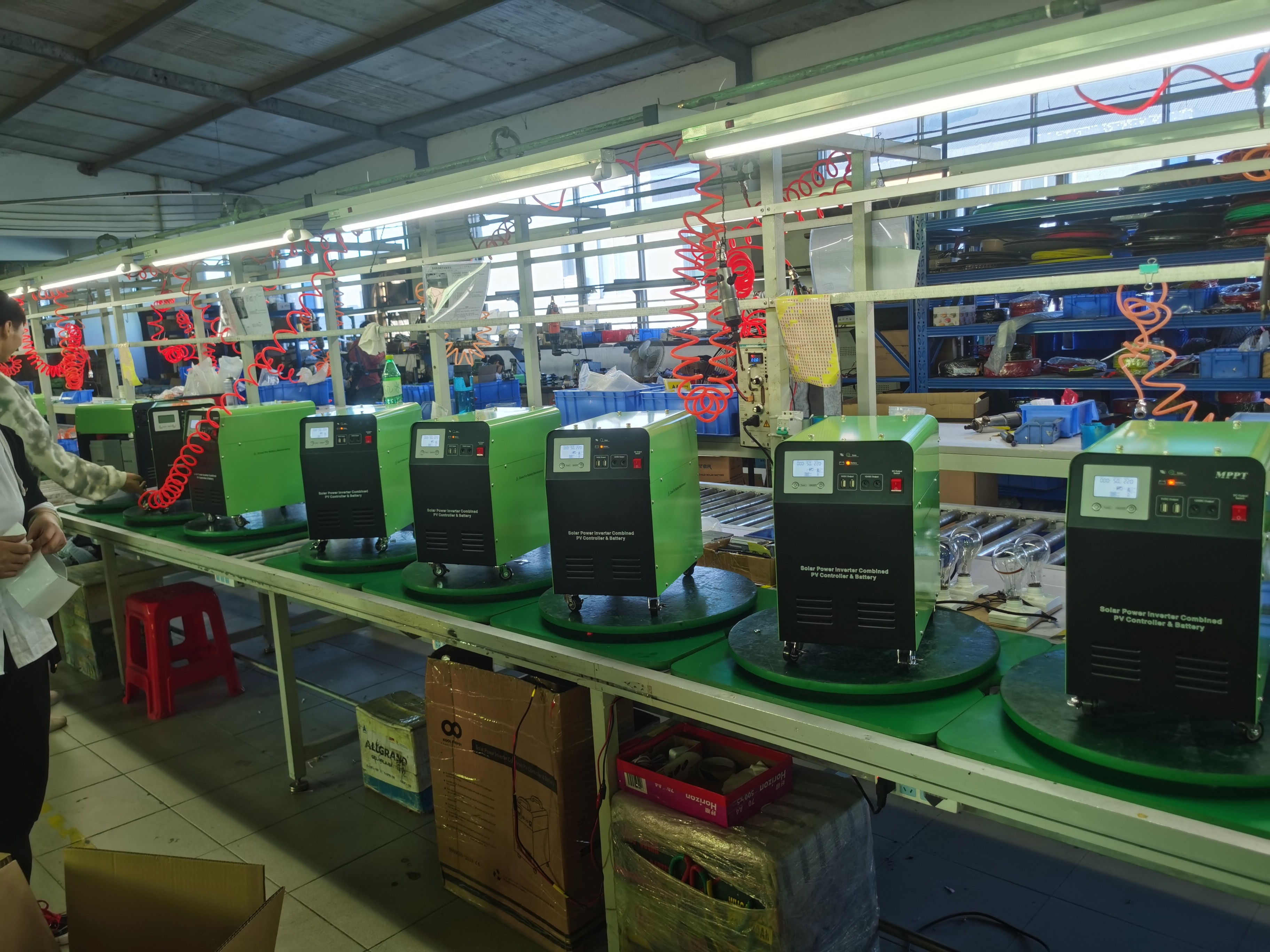DLP rear projector color wheel and color processing technology
1. The basic principle of DLP color wheel technologyAs we all know, because DLP uses DMD micro-lens reflection technology, in the color processing, the single-chip and two-chip DMD methods use color wheels to complete the separation and processing of colors.
Generally speaking, the color wheel (COLOR WHEEL) is a combination of dichroic filters such as red, green, blue, and white. It can separate the transmitted white light and rotate it by a high-speed motor, and then separate them in order. Different monochromatic lights are on the designated light path, and finally they are synthesized by other optomechanical components to project a full-color image.
In terms of physical structure, the surface of the color wheel is a very thin metal layer. The metal layer uses vacuum film coating technology. The thickness of the coating corresponds to the spectral wavelengths of red, green, and blue. When white light passes through the metal coating layer, the The color corresponding to the spectral wavelength will pass through the color wheel, and other colors will be blocked and absorbed, thus completing the separation and filtering of the white light.
In a single-chip DMD projection system, the input signal is converted into RGB data, and the data is written into the SDRAM of the DMD in sequence. The white light source is focused on the color wheel through the focusing lens, and the light passing through the color wheel is then imaged on the surface of the DMD. When the color wheel rotates, red, green, and blue light sequentially hit the DMD. The color wheel and the video image are performed sequentially, so when the red light hits the DMD, the lens is tilted to "on" according to the position and intensity that the red information should display, and the green and blue light and the video signal work as well. The human visual system concentrates the red, green, and blue information and sees a full-color image. Through the projection lens, the image formed on the DMD surface can be projected onto a large screen.
In the two-chip DMD projection system, in order to improve the brightness and make up for the lack of red metal halide, the color wheel uses two auxiliary colors-magenta and yellow. Magenta fragments allow red and blue light to pass through, while yellow fragments can pass through red and green. The three-piece DMD uses a dichroic prism without the need for a dichroic wheel. Below we mainly discuss several color wheel technologies of single-chip DMD currently used in DLP rear projection units.
2. Several commonly used color wheel processing technologies and characteristicsBecause the color wheel of a single-chip DMD projector can only process one color at a time, it will bring some loss of brightness. At the same time, due to the difference in the inherent characteristics of the spectral wavelength of different colors of light, colors will be produced Different from the restoration, the color of the picture often shows that red is not bright enough. Therefore, how to make the projector have sufficient display brightness and at the same time can fully guarantee the true reproduction of color is a key issue in the product design of each projector manufacturer, and one of the most important factors is color Design solutions for wheel technology.
The following are several commonly used DLP color wheel technologies:
The 4-segment color wheel is composed of RGBW (red, green, blue, and white). The purpose of adding the white segment is mainly to increase the brightness of the projector. The projectors using this color wheel technology are mostly products for business applications, which pay more attention to the image brightness performance.
The six-segment color wheel is a color wheel composed of 6 colors of RGBRGB (red, green, blue, red, green and blue). In our actual evaluation, this design can make the projected product have a significant improvement in color expression, especially There are obvious improvements in color levels. However, because the six-color segmentation is more separated, the light loss is also greater when the light-collecting column passes between the color segments, so the brightness of the projector is often relatively low. This technology is mainly used for applications that require high household consumption and video.
1000W Solar Generator
Super Green Energy Portable Solar Generator Battery Energy Storage System USB Power Station for Outdoor Picnic

1000 Solar Generator,All In One Solar Generator,Outside Home Off grid Portable Solar Generator
suzhou whaylan new energy technology co., ltd , https://www.whaylanenergy.com